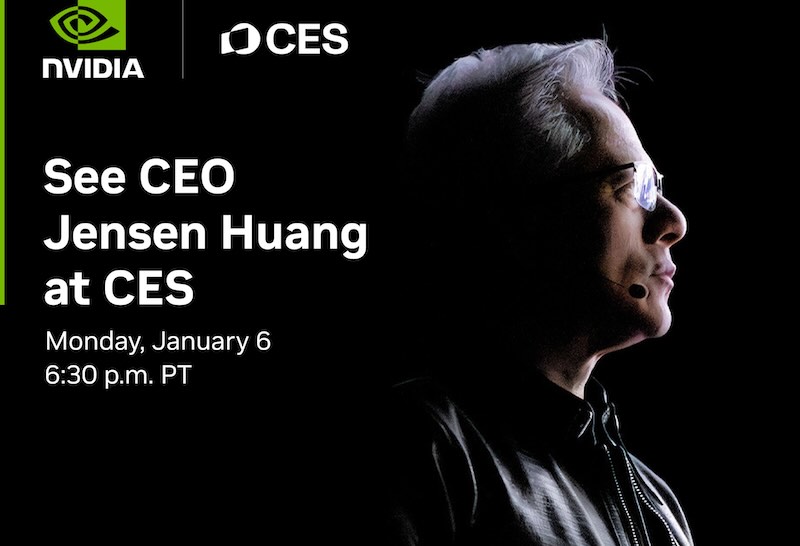At CES 2025, Nvidia announcing its most ambitious AI project yet – a world foundation model called “Cosmos” designed to understand and simulate physical reality. But in a landscape where real-world data reigns supreme, can synthetic training environments truly bridge the gap for automakers playing catch-up?
Nvidia CEO Jensen Huang took center stage tonight to declare that “the autonomous vehicle revolution has arrived,” pointing to recent successes from industry pioneers like Waymo and Tesla. To back up this bold stance, the company unveiled Thor Blackwell, a next-generation automotive processor boasting 20 times the processing capability of its predecessor. This powerful chip isn’t just for cars – it’s built to potentially power humanoid robots as well.
At the heart of Nvidia’s announcement is Cosmos, a sophisticated system that generates synthetic driving scenarios for training autonomous vehicles. The technology works by:
The system employs a neural reconstruction engine to transform autonomous vehicle sensor logs into detailed 4D simulation environments. These reconstructions serve as the foundation for generating countless scenario variations, effectively multiplying the training data available to autonomous systems.
Through its AI data factory approach, Cosmos can take hundreds of real-world drives and expand them into billions of virtual training miles. This capability addresses one of the fundamental challenges facing traditional automakers – the need for massive amounts of training data to develop reliable self-driving systems.
This development raises important questions about the relative value of synthetic versus real-world training data. Tesla CEO Elon Musk has previously highlighted this distinction, noting that while both synthetic data and real-world video can scale infinitely, synthetic data faces an inherent “is it true?” problem that real-world data doesn’t.
The scale of Tesla real-world data collection is staggering:
- 7.1 million Tesla vehicles on global roads
- 75 billion miles driven annually
- 56 million+ cameras actively gathering driving data
- Billions of miles logged on Tesla FSD
Synthetic driving data, much like large language models, requires additional validation to ensure its accuracy. Real-world video captures authentic driving scenarios as they naturally occur, providing a more reliable foundation for training autonomous systems.
Jensen Huang’s prediction of autonomous vehicles becoming “the first multi-trillion dollar robotics industry” sets massive expectations. Nvidia’s Cosmos represents a strategic play to democratize access to training data, potentially leveling the playing field for traditional automakers who lack extensive real-world data collection networks.
For the autonomous vehicle industry, this cosmic shift in training capabilities might just be the boost needed to accelerate development – but the road ahead still demands both synthetic and real-world validation to reach true self-driving capability.
Related Post
Nvidia Thor Chip Delay Pushes Chinese EV Makers Toward Self-Developed AI Chips
xAI $6B Supercomputer: Inside the World’s Largest AI Computing Facility | 100k NVIDIA GPUs
Zhuoyu (DJI Automotive) Teams Up with NVIDIA DRIVE Thor to Develop Self-driving Solutions
